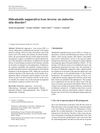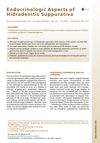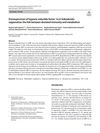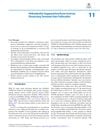What Causes Hidradenitis Suppurativa?—15 Years After
October 2020
in “
Experimental Dermatology
”
hidradenitis suppurativa HS polygenic autoinflammatory disease dysregulated gene pathways genetic mutations microbiome pro-inflammatory cytokines IL-1ß IL-17 IL-23 TNF-α adalimumab ß-defensin gene cluster bacterial infections autoimmunity hormonal influences androgens cardiovascular risks obesity insulin resistance smoking hair follicles apocrine glands inflammatory pathways alopecia areata
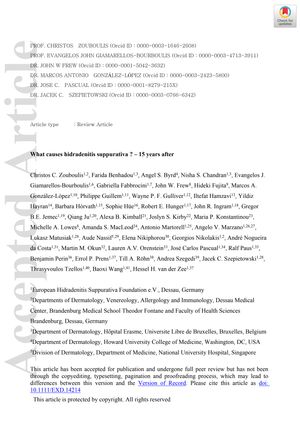
TLDR Hidradenitis suppurativa is caused by genetic factors, inflammation, bacteria, hormones, and lifestyle factors like obesity and smoking.
Over the past 15 years, significant progress was made in understanding the multifactorial causes of hidradenitis suppurativa (HS). Research revealed that HS is a polygenic, autoinflammatory disease involving dysregulated gene pathways, genetic mutations, and microbiome contributions. Pro-inflammatory cytokines like IL-1ß, IL-17, IL-23, and TNF-α played central roles, leading to targeted treatments such as adalimumab. Genetic studies identified a higher risk in individuals with more than six copies of the ß-defensin gene cluster. The role of bacterial infections, autoimmunity, and hormonal influences, particularly androgens, were also explored. HS was associated with cardiovascular risks, obesity, insulin resistance, and smoking, which exacerbated the condition. The involvement of hair follicles and apocrine glands, along with shared inflammatory pathways with alopecia areata, was noted. Despite these advances, the exact mechanisms remained complex, necessitating further research for personalized treatment approaches and improved patient outcomes.




